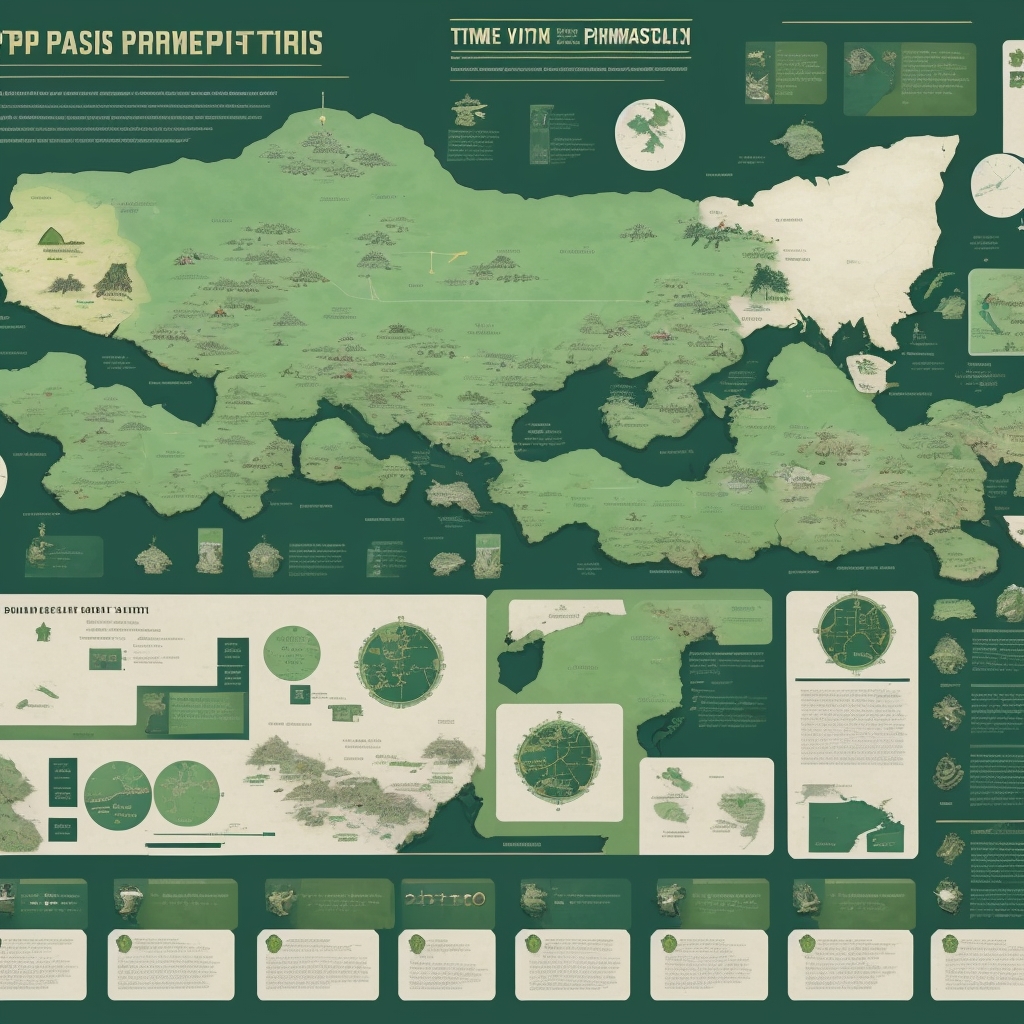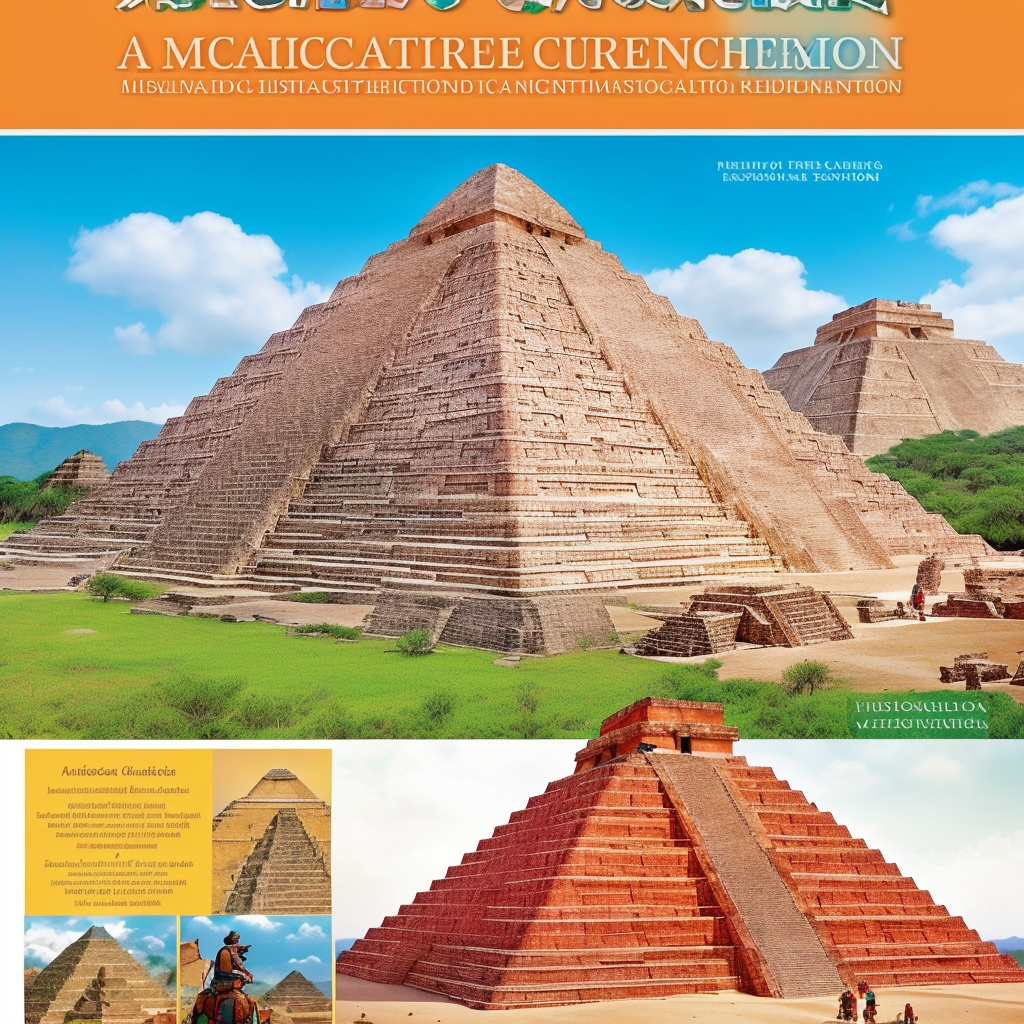Complete Guide to How Did the Persic Empire’s Military Tactics Evolve Over Time?
What You’ll Learn
In this comprehensive guide, we will explore the evolution of military tactics employed by the Persic Empire, often known as the Achaemenid Empire, a dominant force in ancient history. We will break down the development of their strategies from basic formations to advanced maneuvers that allowed them to expand and maintain their vast empire. The guide is structured to provide a detailed understanding suitable for readers at different levels of familiarity with military history, drawing on insights from historical accounts and modern analyses.
- Understanding the foundation of Persic military tactics and early innovations.
- Key adaptations and strategic shifts under influential rulers like Cyrus the Great and Darius I.
- How geography, political integration, and diverse forces influenced their strategies.
- Comparative analysis of Persian tactics with contemporary empires like the Greeks and Romans.
- In-depth exploration of logistics, engineering, and psychological warfare in ancient Persian military campaigns.
- Frequently Asked Questions about the Persic military.
Chapter 1: Understanding the Basics of Persian Military Power
The Rise of the Persic Empire
The Persic Empire, more commonly referred to as the Achaemenid Empire, was founded by Cyrus the Great in 550 BCE. His unification efforts transformed nomadic tribes into a powerful empire, which rapidly expanded to become one of the largest in history. This expansion was largely attributed to its innovative military strategies and Cyrus’s leadership, which combined military might with diplomatic finesse.
Early Military Formation and Key Units
In its early days, the Persic military relied on traditional formations, adapting best practices from neighboring civilizations like the Medians and Lydians. The core of the army consisted of three primary components: infantry, cavalry, and archers.
- Infantry: Comprised primarily of spearmen and heavily armed soldiers. A notable elite unit was the Immortals, a 10,000-strong corps of heavy infantry. They were called “Immortals” by the Greek historian Herodotus because their numbers were always maintained at exactly 10,000, with every fallen or sick soldier immediately replaced. These elite troops served as both the imperial guard and a standing army.
- Cavalry: Utilized for their speed and ability to flank enemy forces. Early cavalry included horse-borne units (asabari) and even camel-borne units (usabari), reflecting the empire’s diverse origins and geographical reach. Cyrus the Great himself developed an elite corps of mounted warriors skilled at shooting arrows from horseback.
- Archers: Provided crucial ranged support, softening enemy lines before close-quarters engagement. The Persian army placed significant emphasis on the skill and effectiveness of its archers, a fact noted by both Greek and Roman sources.
Influence and Adaptation from Neighboring Cultures
The Persic military was heavily influenced by the tactics and organizational structures of the Median and Lydian armies. They demonstrated a remarkable ability to adapt the best practices of these cultures and integrate them to suit their own needs, setting the stage for more advanced strategies. For instance, the organization of the army itself was based on a decimal system, with units of tens, hundreds, and thousands, a structure possibly influenced by earlier Near Eastern military traditions.
Chapter 2: Intermediate Techniques and Force Integration
Integration of Diverse Forces
As the empire grew, the Persians integrated soldiers from conquered regions, leveraging their unique skills and tactics. This approach allowed for a more versatile and adaptive military force, drawing on the strengths of various peoples. The Achaemenid army was ethnically and culturally diverse, incorporating contingents from Egyptians, Assyrians, Greeks, and many other subject nations. While the core of the army remained Persian and Median, these allied contingents provided a vast pool of specialized fighters.
Advanced Use of Engineering in Warfare
The Persic Empire was renowned for its sophisticated use of engineering, which provided significant strategic advantages. They constructed impressive bridges and fortifications to facilitate troop movement and maintain supply lines over vast distances. A prime example is Xerxes I’s pontoon bridges across the Hellespont in 480 BCE during the invasion of Greece. These two parallel bridges, made of over 600 side-by-side triremes anchored with flax and papyrus cables, demonstrated unparalleled logistical and engineering prowess, allowing the passage of hundreds of thousands of soldiers, cavalry, and supplies from Asia into Europe.
Developing Naval Tactics
With access to the Mediterranean and Indian Ocean, the Persic Empire developed a formidable navy, particularly under Darius I. This was the first organized imperial fleet in history, built by incorporating ships and sailors from regions with strong maritime traditions, such as Phoenicia, Egypt, Ionia, and Cyprus. They employed ships in strategic blockades, amphibious assaults, and to control crucial trade routes. Key naval engagements include the Battle of Lade (494 BCE), where the Persian navy crushed the Ionian revolt, and the later, less successful, Battle of Salamis (480 BCE) against the Greeks.
Comparison Table: Early vs. Intermediate Tactics
| Element | Early Tactics | Intermediate Tactics |
|---|---|---|
| Infantry | Basic Spearmen | Integrated Units from Diverse Cultures, including specialized units like the Immortals |
| Cavalry | Light Cavalry | Heavy Cavalry and Mounted Archers, alongside the introduction of scythed chariots (though with limited effectiveness on varied terrain). |
| Engineering | Minimal Use | Advanced Bridges (e.g., Hellespont pontoon bridge) and Fortifications, crucial for logistics. |
| Naval | Limited | Strategic Blockades and Amphibious Operations, with the establishment of a multi-ethnic imperial navy. |
Chapter 3: Advanced Strategies and Imperial Control
The Role of Strategy in Expansion
The Persic Empire’s success was not just due to its military might, but also to its sophisticated strategic use of diplomacy and intelligence. They often preferred to use psychological warfare and alliances to subdue opponents without bloodshed, a testament to Cyrus the Great’s benevolent approach to conquered peoples.
Psychological Warfare and Intimidation
The Persians were masters of psychological tactics. They employed methods such as spreading misinformation and using overwhelming displays of force to intimidate and weaken enemy resolve before direct battle. The sheer scale and multi-ethnic composition of the Persian army, often exaggerated in Greek accounts, contributed to this psychological impact.
Espionage and Intelligence Gathering
Intelligence gathering was crucial to the empire’s stability and military success. The Persic Empire maintained an extensive network of spies and informants, sometimes referred to as the “King’s Eyes and Ears,” to gather information on enemy movements, intentions, and internal affairs within their vast territories. This network allowed for informed decision-making and pre-emptive actions against potential threats.
Coordination, Communication, and Logistics
Advanced communication systems and logistical capabilities were critical in maintaining control over such a vast territory and enabling rapid military deployment. The Royal Road, established during the reign of Darius I around 500 BCE, was a prime example. Spanning approximately 1,677 to 2,700 miles from Sardis to Susa, it featured way stations (chapar khaneh or posta) that provided fresh horses and shelter, allowing mounted couriers to travel its length in about a week. This logistical advantage was paramount for rapid troop movement, supply transport, and effective coordination of forces across the empire.
Comparison with Contemporary Empires
When compared to other contemporary empires like the Greeks and Romans, the Persic Empire excelled in its ability to adapt and evolve its tactics to counter different threats and leverage its strengths effectively. While the Greeks often relied on heavily armored infantry formations (hoplites) and direct confrontation, and the Romans later utilized highly disciplined legions and advanced engineering, the Persians emphasized flexibility, the integration of diverse units, and the strategic use of non-military means like diplomacy and logistics.
- Greek: Primarily relied on the phalanx formation with heavily armored infantry (hoplites), focusing on direct, decisive engagements. The Battle of Marathon (490 BCE) highlighted the clash of these styles, where the Athenian general Miltiades exploited the Persian formation by strengthening his flanks, leading to an encirclement despite being outnumbered.
- Roman: Characterized by disciplined legions, superior siege warfare, and extensive use of engineering for fortified camps and roads.
- Persic: Emphasized a combined-arms approach, integrating archers, cavalry, and diverse infantry. Their strength lay in their ability to cover vast distances, maintain supply lines, and use intelligence and psychological warfare to their advantage.
Frequently Asked Questions
1. What was the primary composition of the Persian army?
The Persian army was primarily composed of infantry, cavalry, and archers, with a significant emphasis on integrating diverse forces from conquered regions. Elite units like the Immortals formed the core of their professional army.
2. How did the Persic Empire utilize engineering in warfare?
They used engineering extensively to build bridges (such as Xerxes’ pontoon bridges across the Hellespont), fortifications, and to maintain vital supply lines and roads, which provided crucial strategic and logistical advantages during campaigns.
3. What role did the navy play in the Persian military strategy?
The navy, particularly under Darius I, was used for strategic blockades, amphibious assaults, and controlling trade routes across the Mediterranean and Indian Ocean, enabling large-scale invasions and securing coastal regions.
4. How did the Persic Empire manage to control such a vast territory?
Through a combination of military might, strategic diplomacy, integration of diverse cultures, and an efficient communication and logistical network, most notably the Royal Road, that facilitated rapid troop movement and administrative control.
5. What were some psychological tactics used by the Persians?
The Persians employed misinformation, intimidation through displays of overwhelming numbers, and psychological warfare to weaken enemy morale and resolve before battles, often aiming for submission without extensive bloodshed.
6. How did the Persians gather intelligence?
They maintained a sophisticated network of spies and informants, often referred to as the “King’s Eyes and Ears,” across their empire to gather intelligence on enemy movements, intentions, and internal affairs.
7. What was the significance of the Royal Road?
The Royal Road was a major artery for communication and logistics, spanning thousands of miles across the empire. It allowed for quick deployment and coordination of forces, rapid transmission of messages, and facilitated trade and administrative control.
8. How did the Persic military tactics compare to those of the Greeks?
While the Greeks focused on heavily armored infantry in phalanx formations and direct confrontation, the Persians emphasized flexibility, the integration of diverse units, combined-arms tactics, and strategic use of non-military means like diplomacy and logistics.
9. What influence did conquered cultures have on Persian tactics?
Conquered cultures contributed unique military tactics, specialized units, and skills, which were integrated into the Persian military to enhance its versatility, diversity, and overall effectiveness.
10. How did the Persic Empire handle logistics for its military campaigns?
They utilized advanced engineering and infrastructure, such as the Royal Road, pontoon bridges, and supply depots, to ensure efficient logistics, troop mobility, and the sustained provisioning of large armies over vast distances.
11. What role did scythed chariots play in the Persian military?
Scythed chariots were employed by the Persians, notably under Cyrus the Great, and were intended to disrupt enemy formations, particularly Greek hoplites, by cutting through their lines. However, their effectiveness was often limited to specific, flat terrain and disciplined infantry could counter them.
12. What was the “King’s Eyes and Ears” system?
The “King’s Eyes and Ears” was a sophisticated intelligence network of spies and informants maintained by the Persian Empire to monitor affairs across its vast territories, gather vital information, and ensure loyalty and stability.
Tags
- Persic Empire
- Achaemenid Empire
- Military Tactics
- Ancient Warfare
- Military History
- Persian Military
- Cyrus the Great
- Darius I
- Xerxes I
- Immortals
- Royal Road
- Ancient Engineering
- Naval Warfare
- Psychological Warfare
- Battle of Marathon
- Historical Analysis







